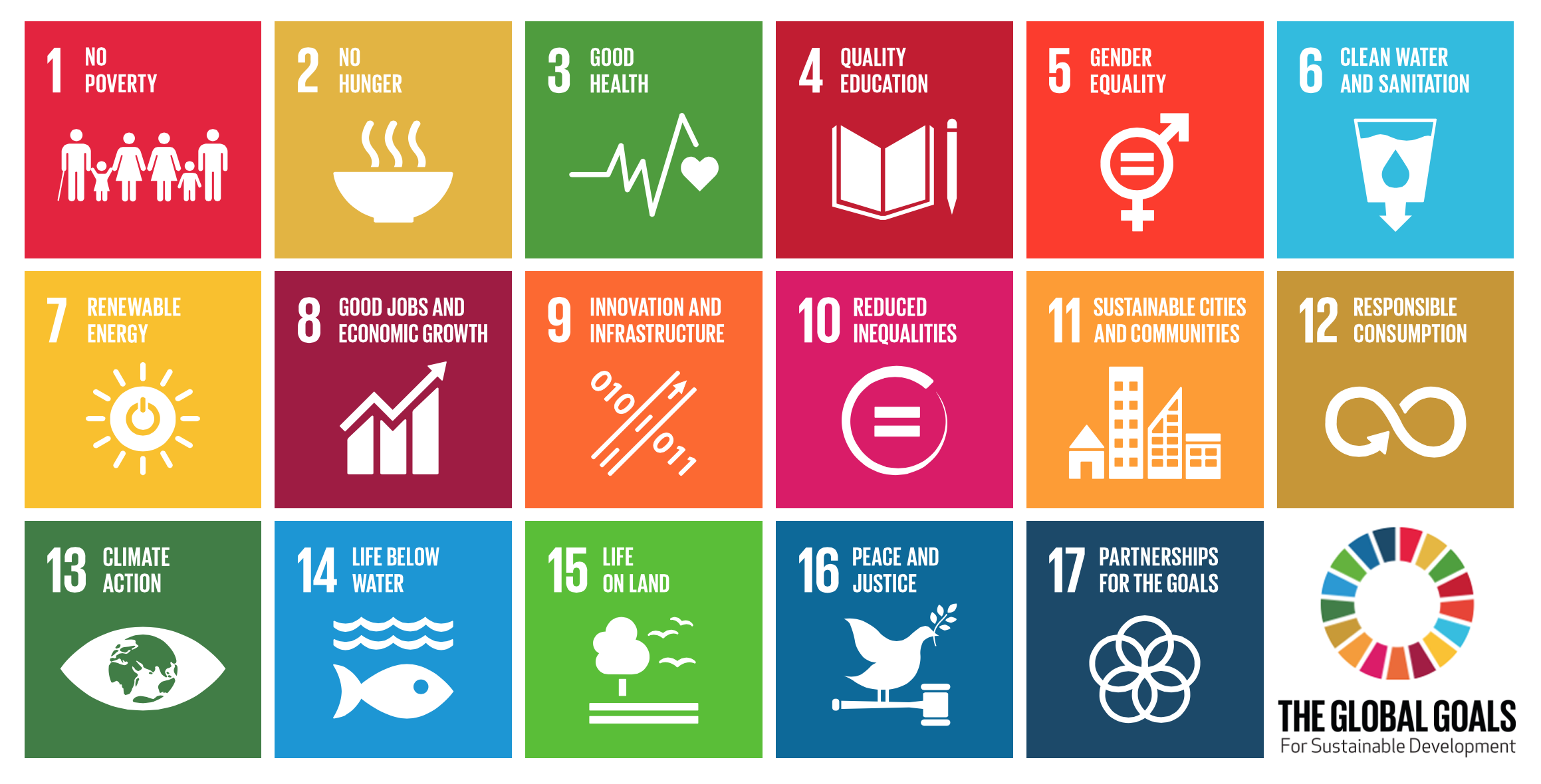
The Sustainable Developments Goals are a continuation of 2000's MDGs (Millenium Development Goals). Their implementation started in 2016, with all 193 United Nations member states pledging to 'Leave No One Behind' and achieve the set goals by 2030. Individual governments must translate the goals into national legislation, develop a plan of action, and establish their own budget.
Of the 17 SDGs, two relate directly to water:
6. Clean Water and Sanitation—Ensure availability and sustainable management of water and sanitation for all
14. Life Below Water—Conserve and sustainably use the oceans, seas and marine resources for sustainable development
As of 2017, 20–30% of the global population does not have access to safe drinking water or basic hand-washing facilities. In 2020, a UN report announced that 'Sustainable Development Goal 6 is badly off track,' unfortunately coinciding with the COVID-19 pandemic. It is difficult to wash hands multiple times a day when you have limited access to hand-washing facilities and soap. This was answered with the SDG 6 Global Acceleration Framework. Aside from raising awareness about the necessity of water, sanitation and hygiene (also known as WASH), the framework includes propositions related to finance, data and information gathering, capacity development, innovation and governance.
On first glance, the coronavirus pandemic had a positive impact on oceans due to an absence of human activity on sea, giving oceans a chance to recuperate. SDG14 however, also addresses small communities that rely on local fishery for their livelihood, which is also impacted by the pandemic.
It is common for SDGs to go beyond their direct scope or subject, with SDG14 addressing both ocean acidification and fishing communities. Sanitation improvements in SDG6 can improve health and can lead to more jobs (SDG 8) which in turn can reduce poverty (SDG 1).
← Back to Lexicon
Of the 17 SDGs, two relate directly to water:
6. Clean Water and Sanitation—Ensure availability and sustainable management of water and sanitation for all
14. Life Below Water—Conserve and sustainably use the oceans, seas and marine resources for sustainable development
As of 2017, 20–30% of the global population does not have access to safe drinking water or basic hand-washing facilities. In 2020, a UN report announced that 'Sustainable Development Goal 6 is badly off track,' unfortunately coinciding with the COVID-19 pandemic. It is difficult to wash hands multiple times a day when you have limited access to hand-washing facilities and soap. This was answered with the SDG 6 Global Acceleration Framework. Aside from raising awareness about the necessity of water, sanitation and hygiene (also known as WASH), the framework includes propositions related to finance, data and information gathering, capacity development, innovation and governance.
On first glance, the coronavirus pandemic had a positive impact on oceans due to an absence of human activity on sea, giving oceans a chance to recuperate. SDG14 however, also addresses small communities that rely on local fishery for their livelihood, which is also impacted by the pandemic.
It is common for SDGs to go beyond their direct scope or subject, with SDG14 addressing both ocean acidification and fishing communities. Sanitation improvements in SDG6 can improve health and can lead to more jobs (SDG 8) which in turn can reduce poverty (SDG 1).
← Back to Lexicon
- United Nations, SDG Indicators
